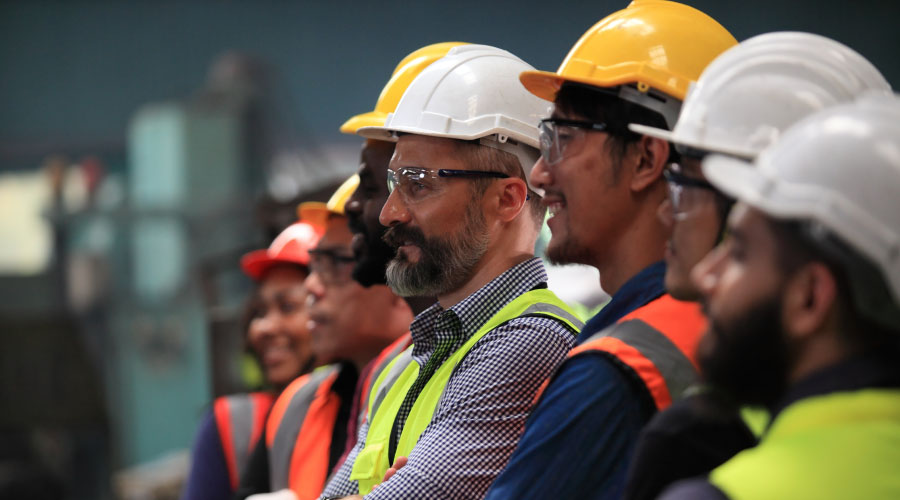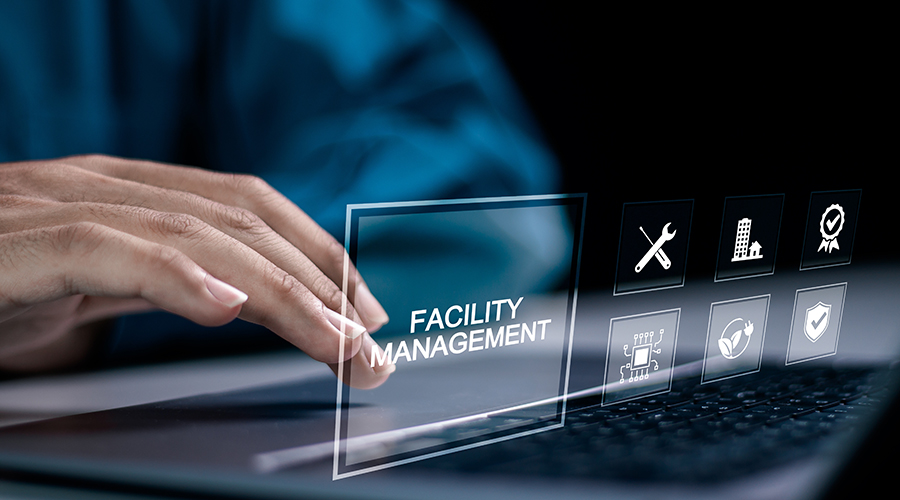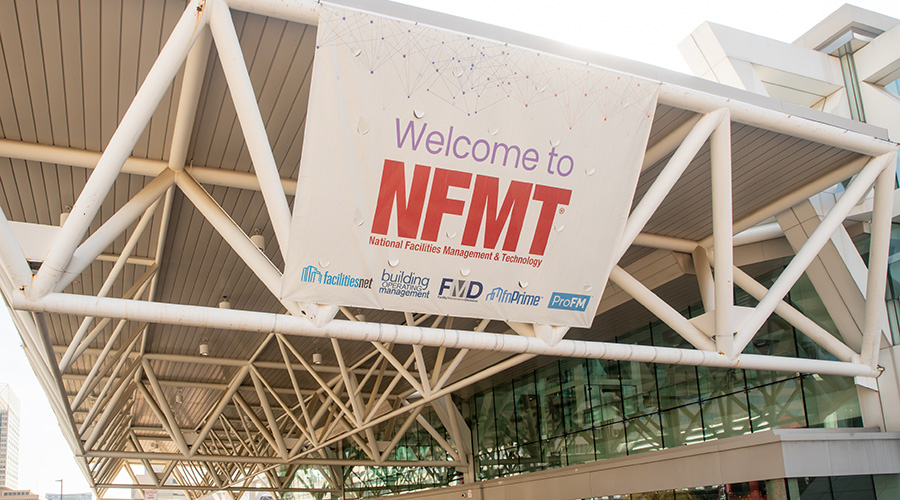Next Step in Building Internet of Things: Interconnectivity and Integration
Part 2 of a 2-part article on the Building Internet of Things in action.
The next step is interconnectivity and integration between systems, Szcodronski says. “Once we move beyond integration at the database level and also enable integration down at the field device level, more powerful interactions can take place.”
Among the developments: wireless mesh networking protocols for low-power sensors and use of a specific application programming interface (API) — known as RESTful — to allow devices and systems to integrate with one another at a centralized database level. “However, there is still a battle going on for application-level protocols at the edge,” says Szcodronski. “Most vendors are deploying solutions that enable their system to function well with itself, but not necessarily integrate or even communicate with other systems.”
The BACnet communications protocol for building automation and control networks is a widely used means for building systems to communicate with each other, but not all IoT devices use BACnet. “At the application layer, APIs permit some degree of integration but off-the-shelf commercial building automation platforms are not adept at using them,” says Robert Knight, senior associate at ESD.
It’s the old problem of siloed information. “The real issue is having a meaningful way to use the data from the IoT devices,” Wright says. “Most software writers develop proprietary applications, which make it difficult to share the data and make it useful information.”
Working toward resolving this dilemma for building systems is Project Haystack, an open source initiative to develop naming conventions and taxonomies for building equipment and operational data. Thanks to changes in the BACnet standard, the Project Haystack dictionary can be used within the new BACnet extended data model.
“With BACnet and Project Haystack working together, everyone benefits,” asserts McGowan. “Each can benefit from the data modeling and conventions each is doing, which will accelerate the ultimate IoT outcome.”
While the vision of the Building IoT goes well beyond the functions of a BAS, the IoT really is an expansion of systems, networks, and communications that facility managers already need to know to operate their buildings. So it’s important to look to the future and ensure that the infrastructure being built today “is flexible and scalable enough to handle the flood of IoT that we can expect to come in a year or three,” says Knight. That means building systems should “ride on commercial-grade Ethernet networks which are owned and operated (and maintained and secured) by the owner’s IT department.”
Preparing for the Future
Eventually, Wright sees daily life taking place “within buildings that are a blend of the Jetsons’ residence and the Starship Enterprise.” He predicts that facility managers will use IoT to make buildings truly intelligent. “Their building will be able to communicate autonomously with utility companies, service providers, repair personnel, and even its occupants,” he says.
In addition to more detailed analytics for energy efficiency and comfort and fault detection, IoT may provide new revenue streams. For example, Els notes, digital signage is invaluable for responding to various emergencies, but it also can be used to present company information and even advertising messages. Radio frequency identification (RFID) systems in hospitals help them know where staff and equipment are. IoT could tie together various patient-awareness systems, thereby improving patient care and comfort.
In addition, over-the-top (OTT) applications are emerging. OTTs can provide specialty functionality for facilities that already have fundamental IoT components. For example, many facility managers have networked BAS or lighting control systems installed. An OTT application would allow them to pull data from that system, make a decision, and send that decision back to the building system. Szcodronski cites fault detection and diagnostics platforms, analytics platforms, and self-learning personal control applications as examples of OTT applications.
The brave new world of the Building IoT can be daunting, even intimidating. But it need not be. Looked at in practical terms, says Els, “IoT allows the building to talk back to facilities managers through a grid of integrated sensors.” That’s straightforward enough. And many modern commercial facilities already have taken the first step to the Building IoT.
Rita Tatum, a contributing editor for Building Operating Management, has more than 30 years of experience covering facility design and technology.
Email comments to edward.sullivan@tradepress.com.
Related Topics:













